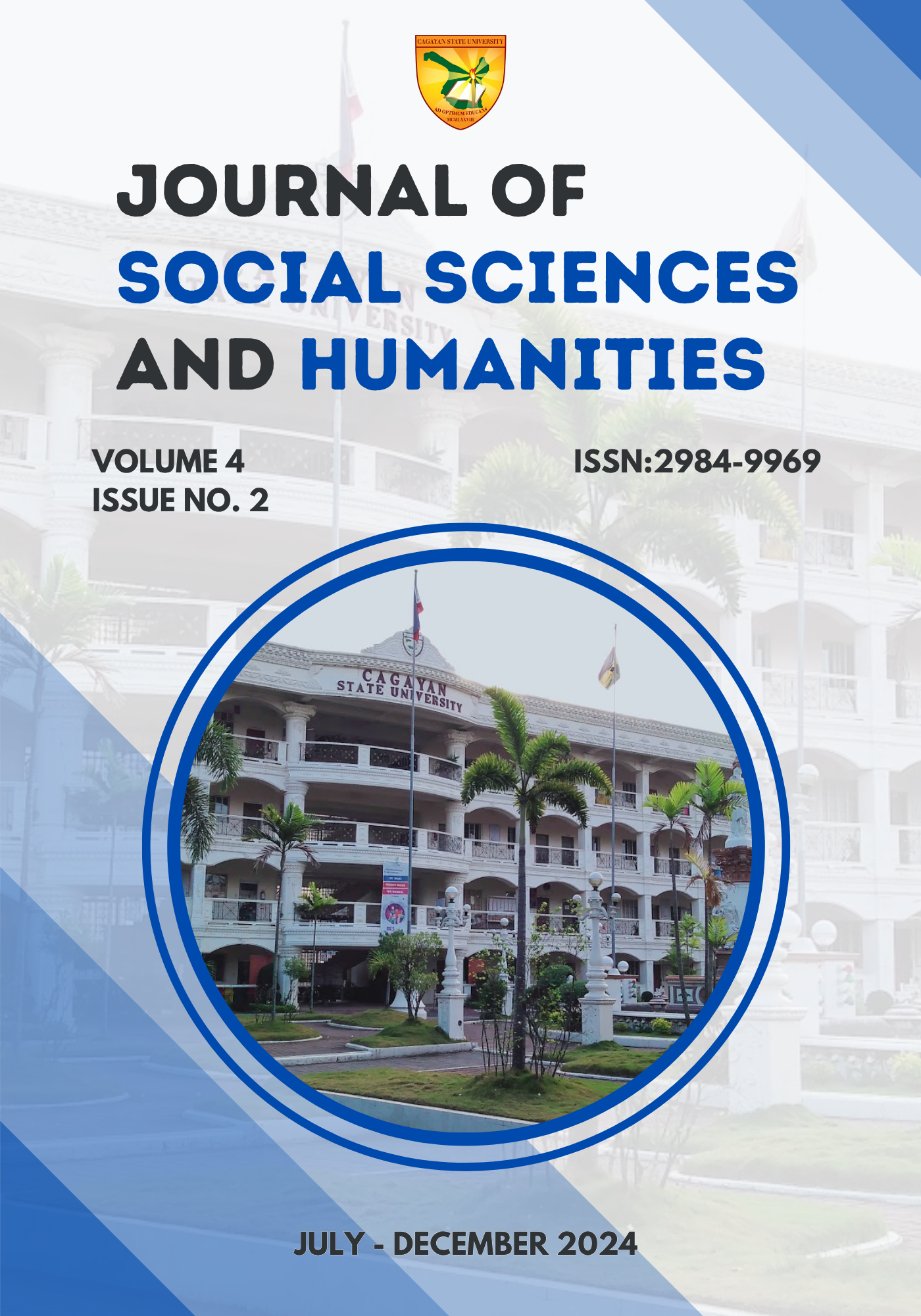Phonological Analysis of the Sound Production of the Voiced and Voiceless Inter-Dental Fricatives of the Grade 11 Students of TVTS Pata Annex
Keywords:
Inter-Dental Fricatives, Phonological Analysis, Sound Production, Voiced and Voiceless SoundsAbstract
With the hope to shed light on the complex interactions involving the proficiency in English
pronunciation among speakers of Iloco and the hope to offer possible help in finding explanations
and solutions, this study aimed to analyze the sound production of the soft ‘th’ [Ɵ] and hard ‘th’ [ð]
of the Grade 11 students of Tuao Vocational and Technical School (TVTS) Pata Annex Tuao,
Cagayan during the 2ND quarter of AY 2023-2024. Using the questionnaires by Domingo (2022)
with modifications and a pronunciation test tool adapted from “Effective Speech Communication”
by Flores, C. & Lopez, E. (2008), results revealed that majority of the respondents speak Iloco as
home language; that their exposure in the use of the English language is low at home and with
their friends and moderate both in school and with their use of media; that they find difficulty in
pronouncing the soft ‘th’ sound for both segmental and suprasegmental located in the initial
position of words while that of the hard ‘th’ sound also for both segmental and suprasegmental in
the final position; that the primary factor their difficulty in pronouncing soft "th" and hard "th"
sounds is their lack of phonological awareness; that the significant difference between the level of
accuracy in the production of the ‘th’ sounds for both isolated sense (segmental) and in group
sense (segmental) is only found in their production of hard ‘th, [ð] sounds only when sounded in
the initial and medial positions; that there is a significant difference between their level of
accuracy in pronouncing the soft ‘th’[Ɵ] and hard ‘th’[ð] sounds found in isolated sense (segmental)
and in group sense (suprasegmental) in all positions; and that only the level of accuracy in
producing the soft ‘th’ [Ɵ] sound in all locations for the suprasegmental words has a significant
relationship with the home language of the respondents while there is none with their exposure
of using the English language at home, with friends, in school and with the media. The results
highlight the urgent need for focused interventions aimed at improving phonological awareness
and ensuring precise pronunciation of English sounds, especially soft and hard ‘th’ sounds and
customized to meet the unique linguistic requirements of Iloco-speaking learners incorporating a
variety of teaching methods to enhance effective linguistic proficiency such as the creation of
worksheets designed to strengthen the teaching and learning of soft ‘th’ [Ɵ] and hard ‘th’ [ð]
sounds.

